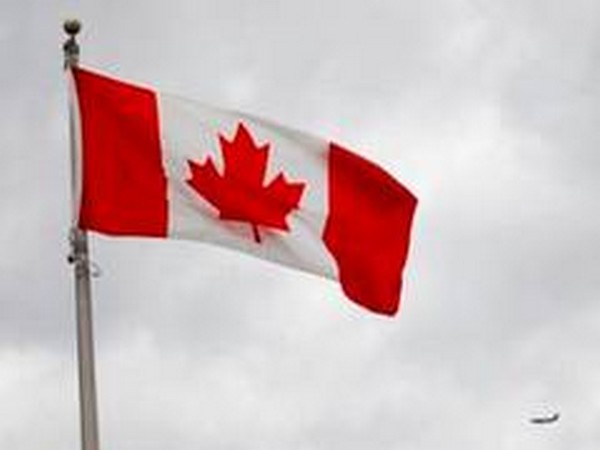An International Atomic Energy Agency (IAEA) team of experts has lauded Canada's comprehensive and robust regulatory framework for nuclear and radiation safety. The team also encouraged Canada to continue its efforts to further align its regulatory policies with IAEA safety standards.
The follow-up mission of the Integrated Regulatory Review Service (IRRS) was conducted from June 4 to 10 at the request of the Canadian Government and hosted by the Canadian Nuclear Safety Commission (CNSC). The team found that Canada had addressed most of the four recommendations and 16 suggestions made during the initial IRRS mission in 2019.
Using IAEA safety standards and international good practices, IRRS missions aim to strengthen the effectiveness of national legal and regulatory infrastructures, recognizing each country's responsibility to ensure nuclear and radiation safety.
The IRRS team, comprising seven regulatory experts from seven IAEA Member States and three IAEA staff members, met with representatives from CNSC, Natural Resources Canada, and Health Canada at the CNSC headquarters in Ottawa during the seven-day mission.
Canada has a comprehensive nuclear safety regulatory framework encompassing various facilities and activities. Its 19 operating nuclear power reactors, located at four sites, generate about 13 percent of the country's electricity. Canada also possesses uranium mines, mills, processing and fuel fabrication facilities, waste storage sites, and utilizes radiation sources in medical, industrial, scientific, and research applications, alongside five research reactors.
The IRRS team commended Canada for continuously upgrading its regulatory framework to address new challenges and technologies, such as the development of small modular reactors and repositories for radioactive waste.
“The team recognizes the hard work and progress in strengthening the regulatory framework on nuclear, waste, and transport safety in Canada,” stated Mission Team Leader Ritva Bly, Principal Advisor of the Finnish Radiation and Nuclear Safety Authority (STUK). “The joint efforts of CNSC, Natural Resources Canada, and Health Canada have further enhanced radiation safety.”
The CNSC human resources plan was highlighted as a model of good performance, transparently addressing challenges and risks with diverse strategies and actions, as well as performance indicators to measure outcomes in line with the organization's strategic objectives.
Of the four recommendations and 16 suggestions made in 2019, two recommendations and ten suggestions have been closed. Notable achievements include:
The enhancement of the radioactive waste management framework through the publication of the Integrated Strategy for Radioactive Waste and the revision of Canada’s Policy for Radioactive Waste Management and Decommissioning.
Improvements in the conduct and processes for inspections of facilities and activities through further formalization of the CNSC program guidance.
The consolidation of CNSC’s safety policy elements and the development of a process for regulatory policy review and analysis.
The revision and publication of regulatory and guidance documents in the areas of transport of nuclear and radioactive materials and fuel cycle facilities, ensuring consistency with IAEA safety standards.
The team identified remaining areas for alignment with IAEA safety standards, including:
Explicit justification of facilities and activities, considering radiation risks in terms of overall benefit.
Full alignment of Radiation Protection Regulations with IAEA safety standards.
Implementation of dose or risk constraints for optimizing protection for the public at nuclear facilities.
At the closing session, Anna Hajduk Bradford, Director of the IAEA Division of Nuclear Installation Safety, emphasized the collaborative spirit of the mission. “This comprehensive review underscores Canada’s commitment to enhancing its nuclear and radiation safety measures,” she said. “I commend Canada for requesting the mission.”
“The comprehensive review conducted by the IAEA IRRS team during this follow-up mission has validated the effectiveness of Canada’s regulatory framework for nuclear and radiation safety,” said Ramzi Jammal, acting CEO of the Canadian Nuclear Safety Commission. “The diverse perspectives provided by this team of experts have helped ensure our standards remain aligned with international best practices. Our efforts to address the mission’s recommendations and suggestions led to significant enhancements, including the modernization of our radioactive waste management and decommissioning policy, reflecting our commitment to safety, security, and safeguards in Canada.”
The final mission report will be provided to the Government in about three months.











